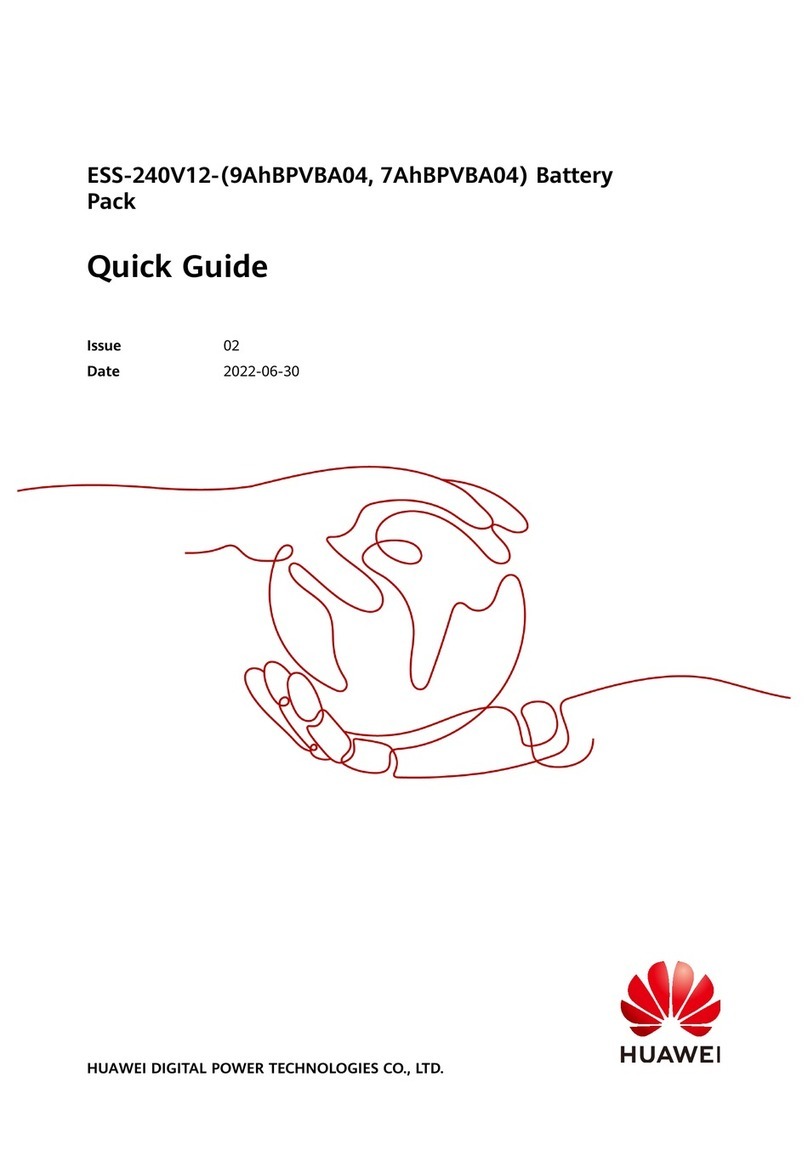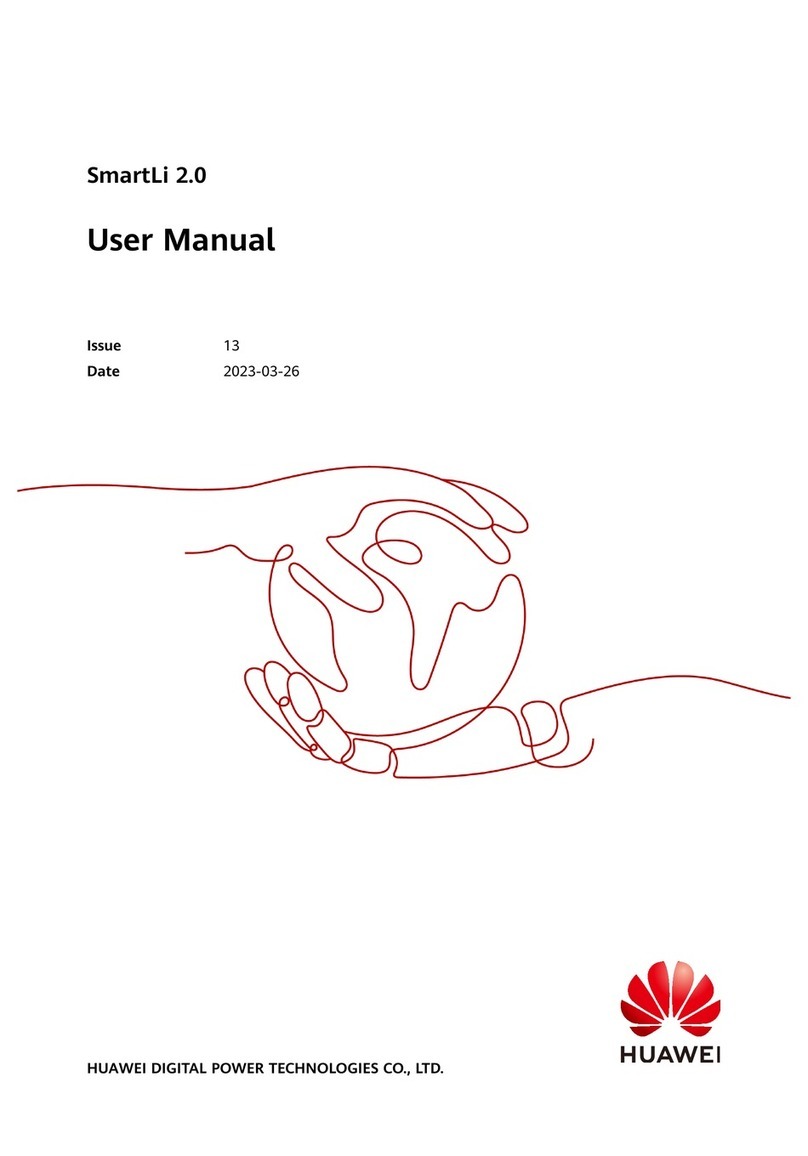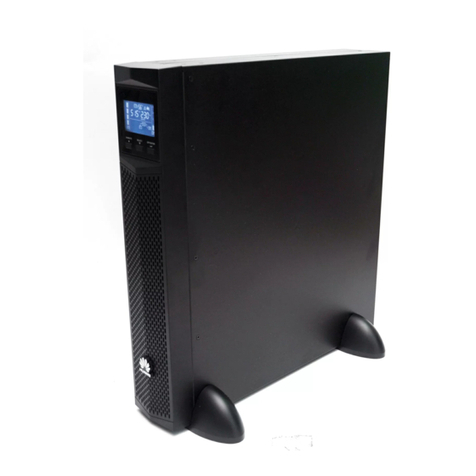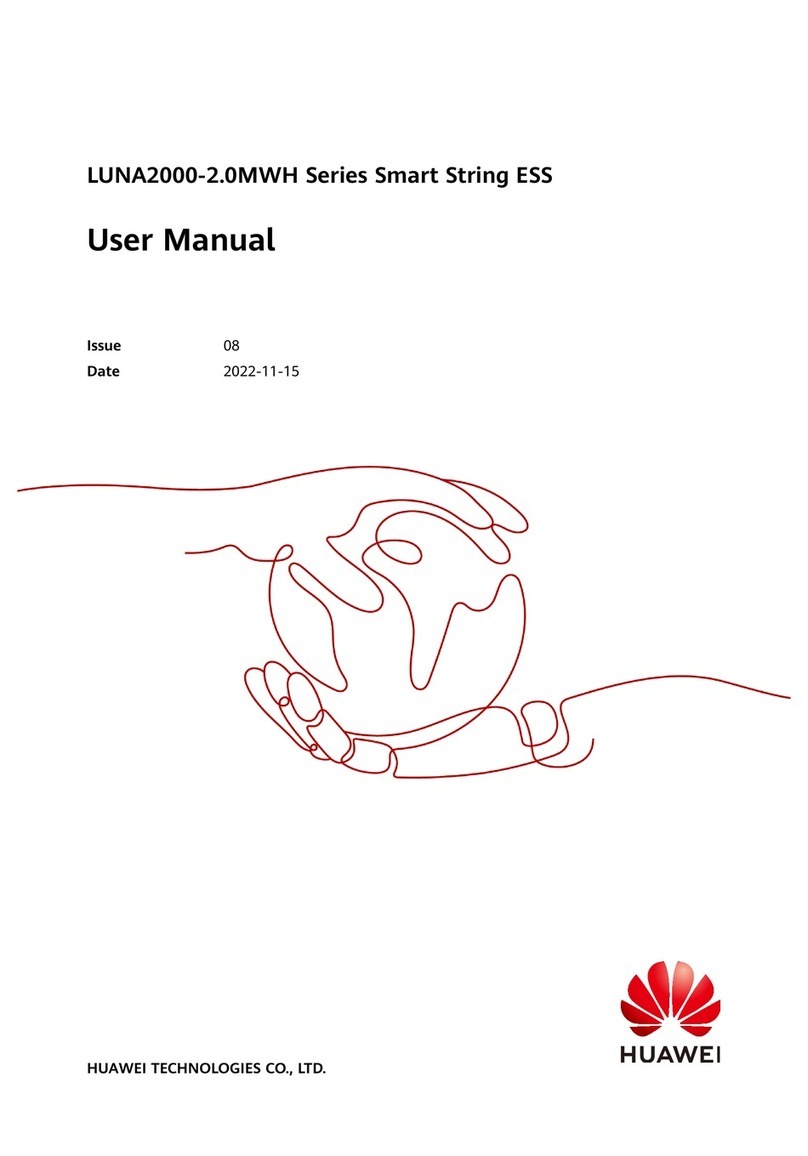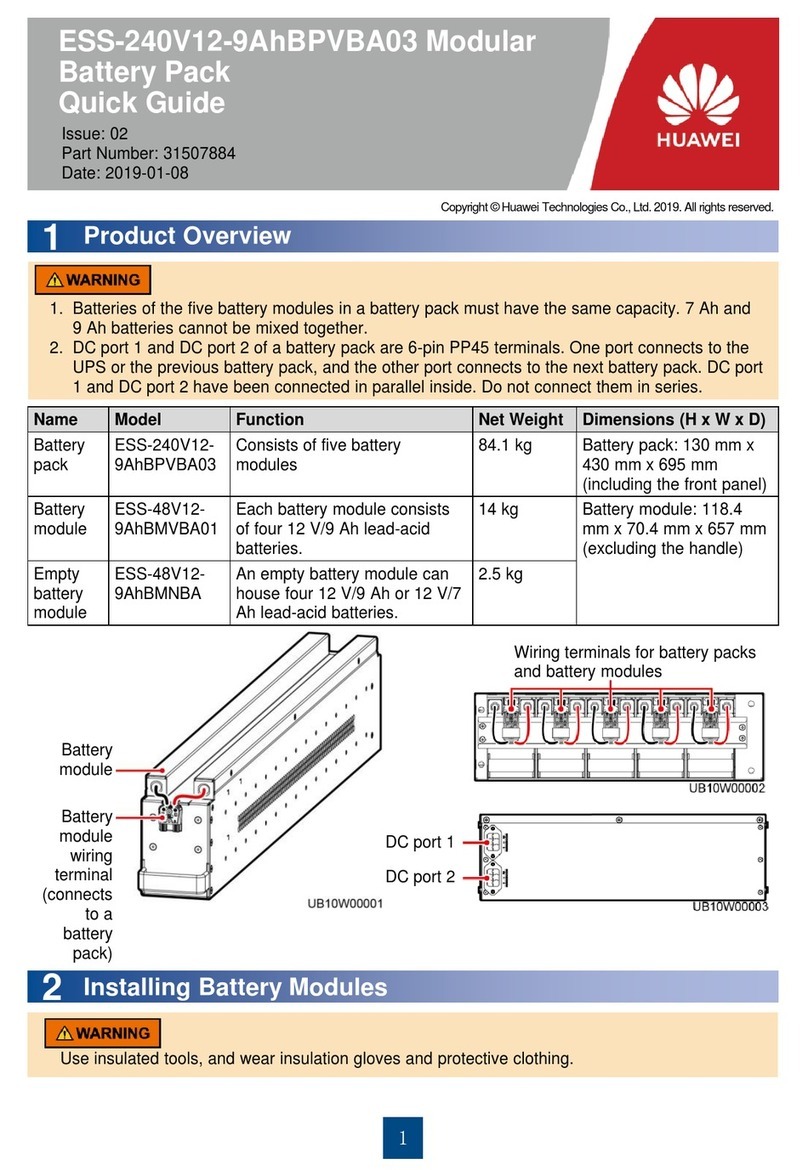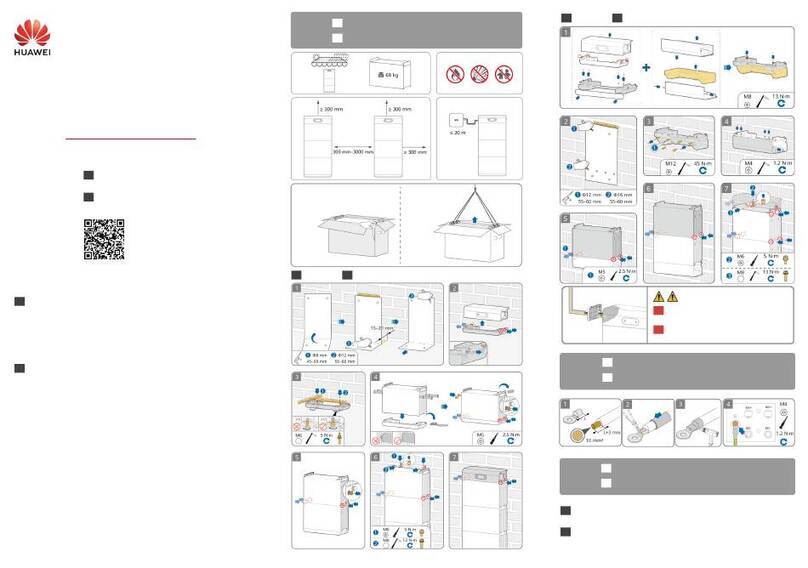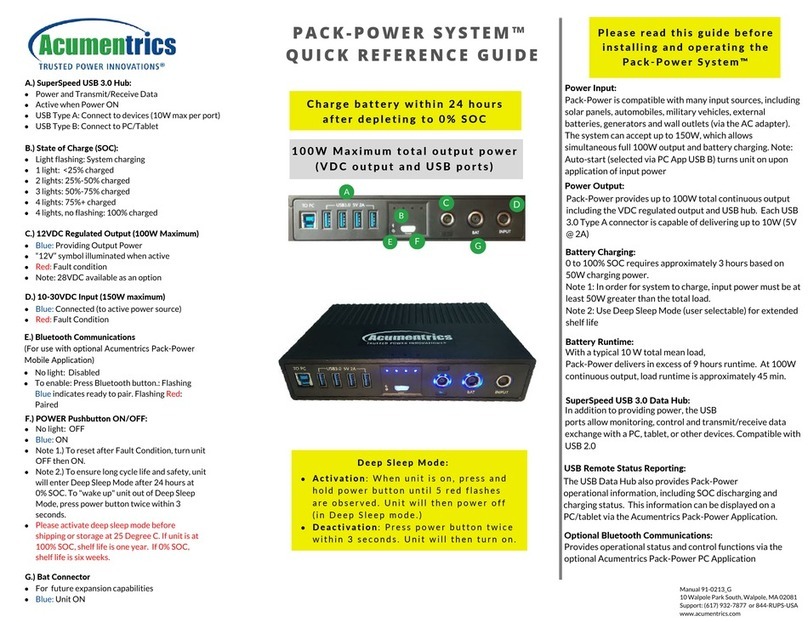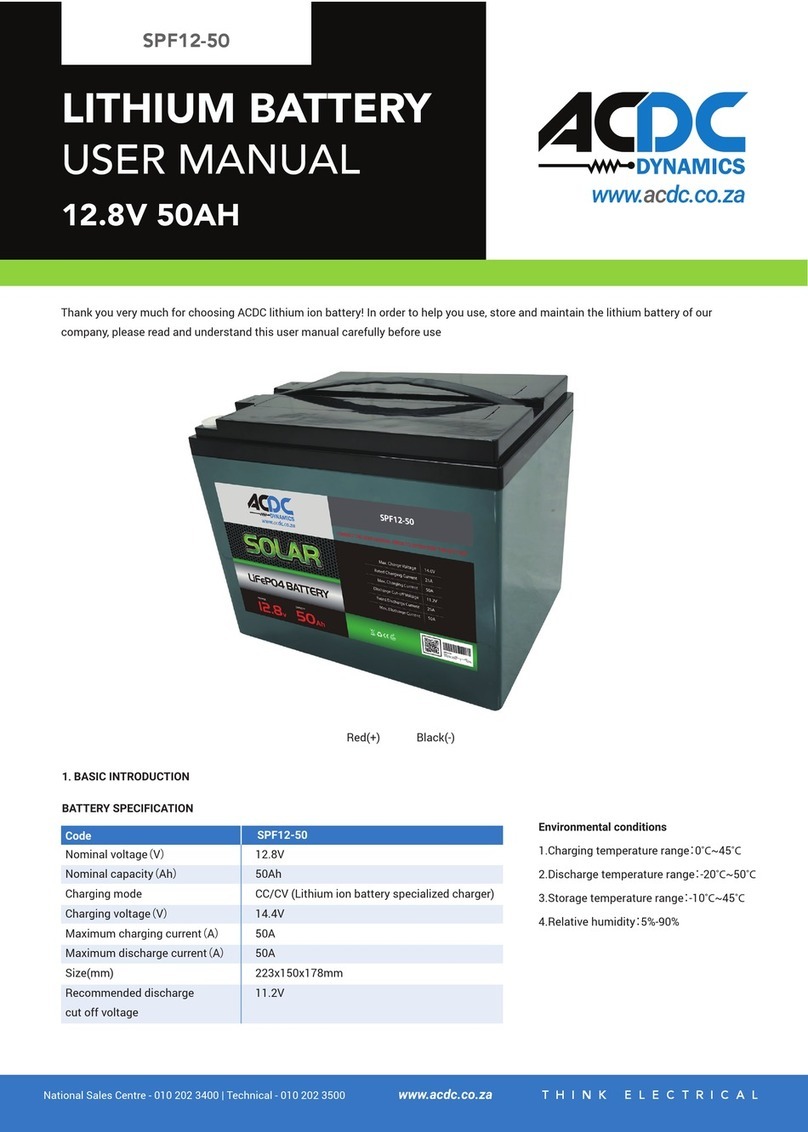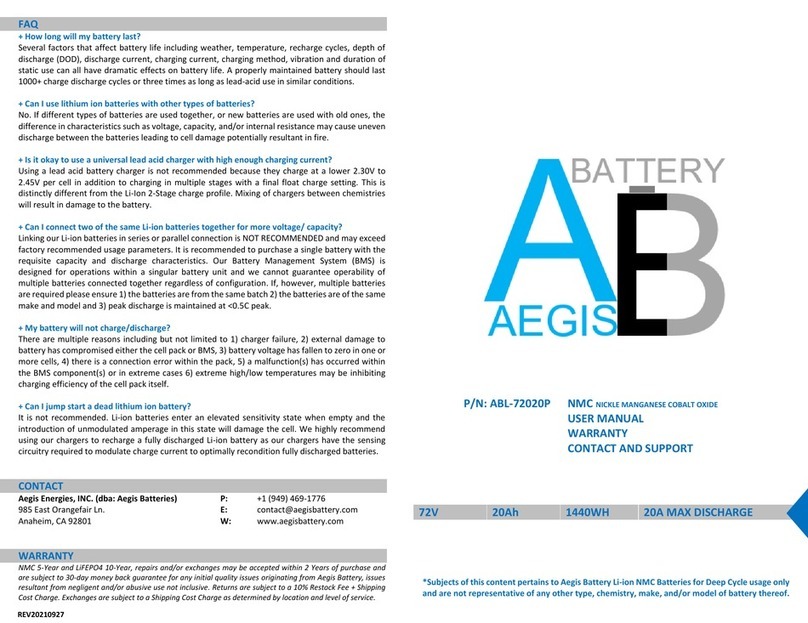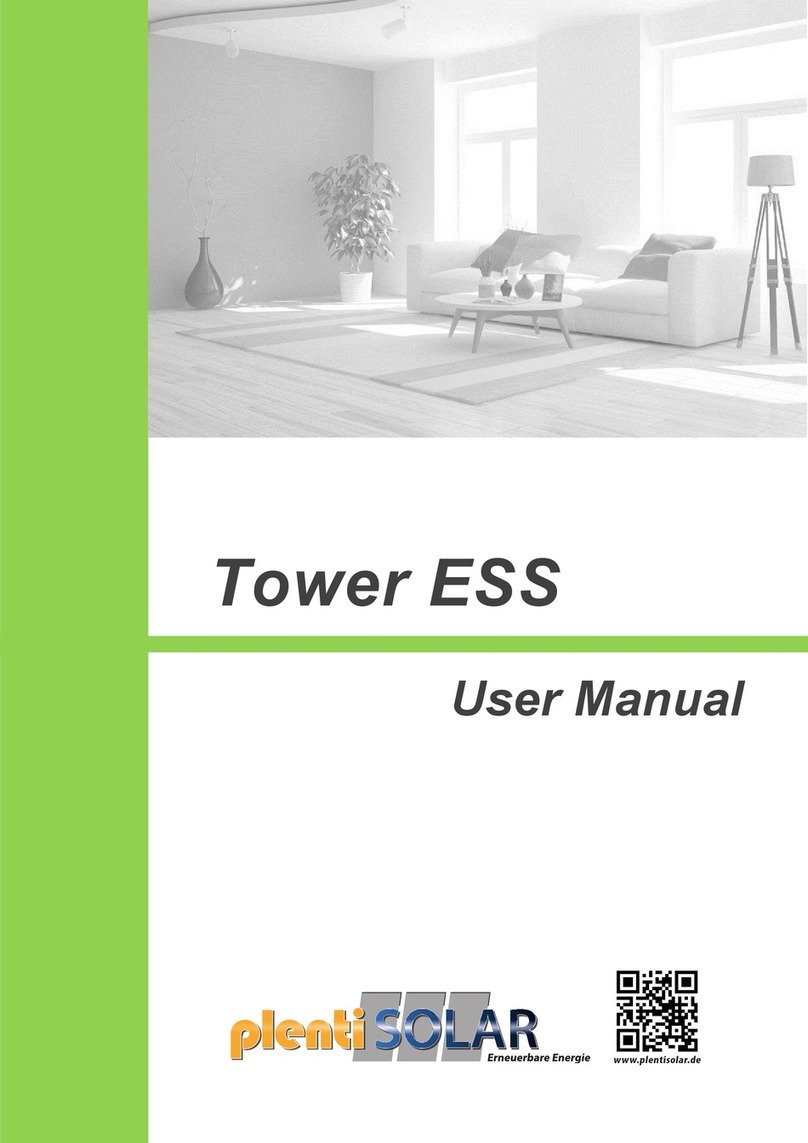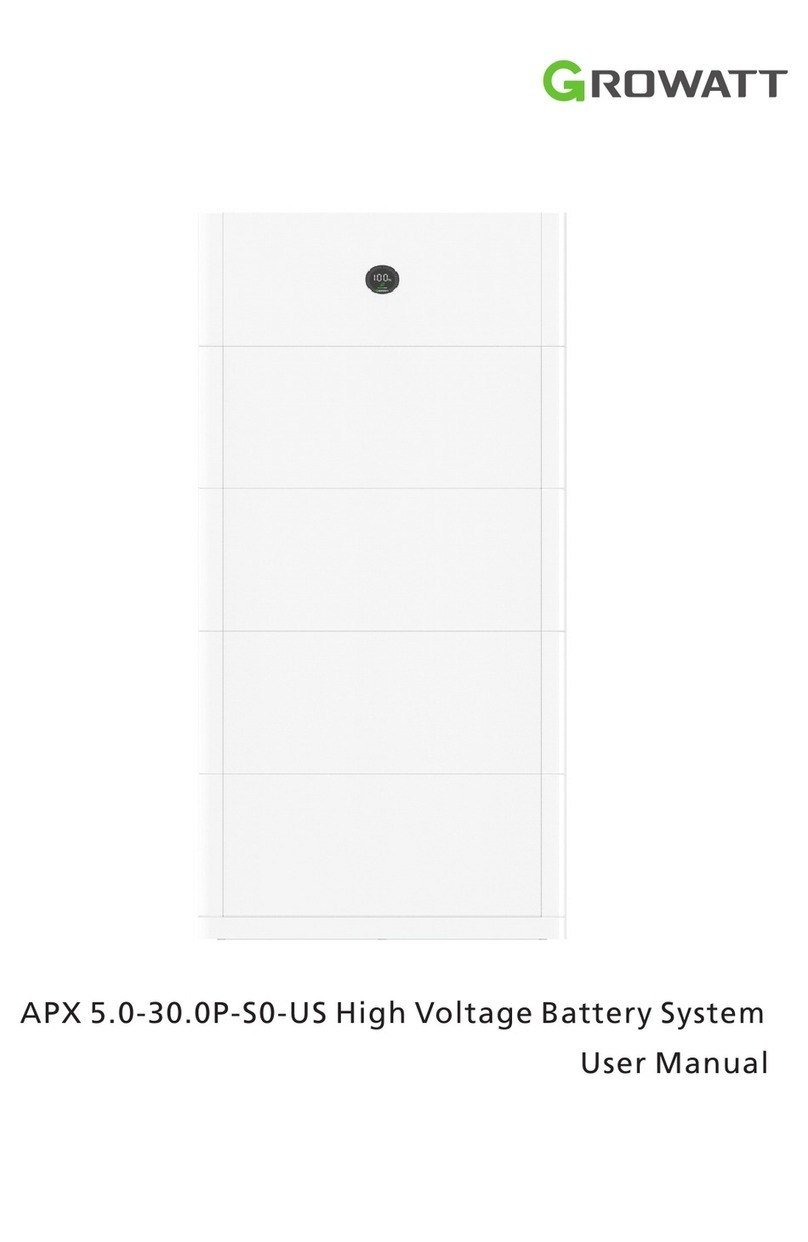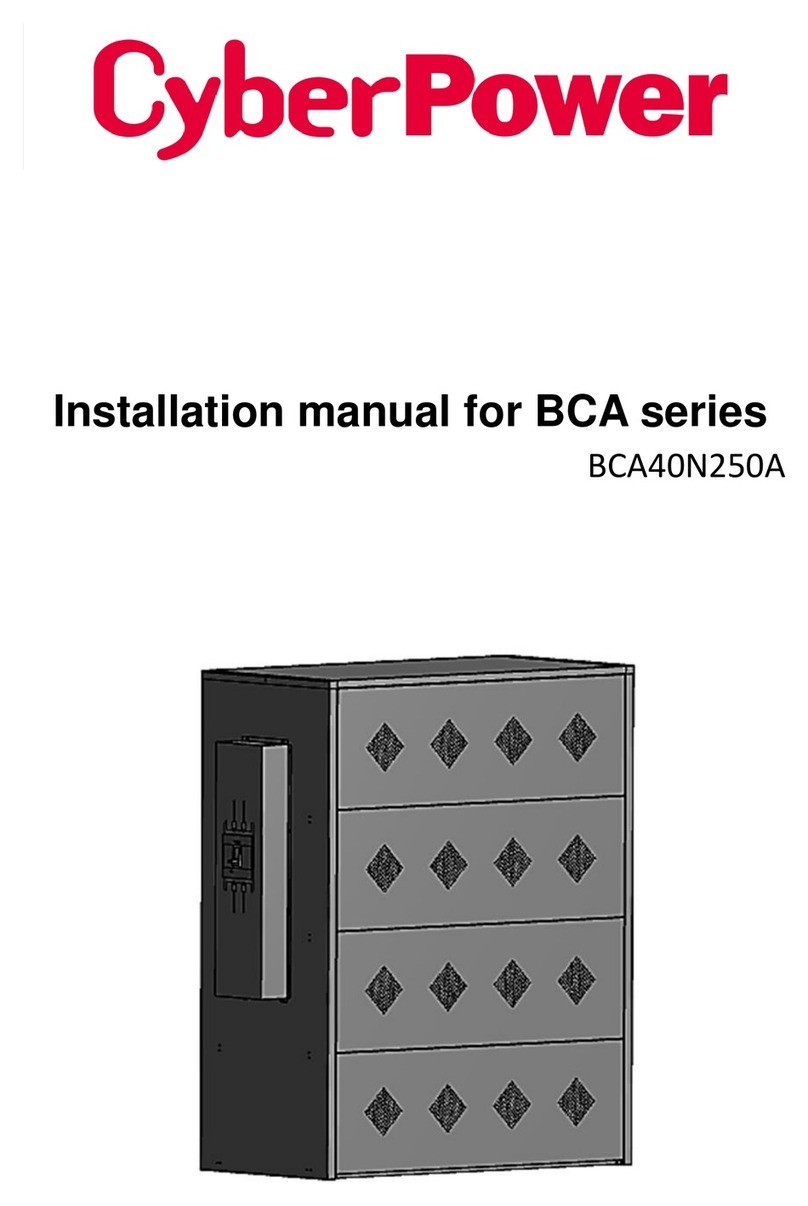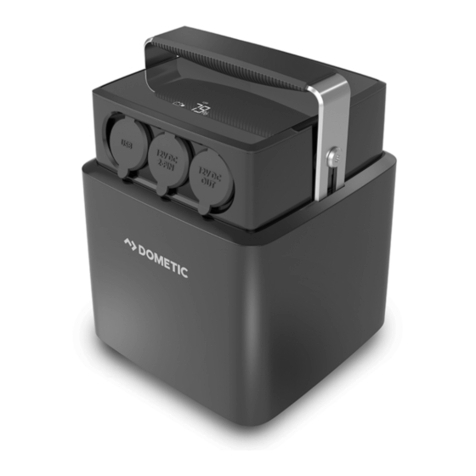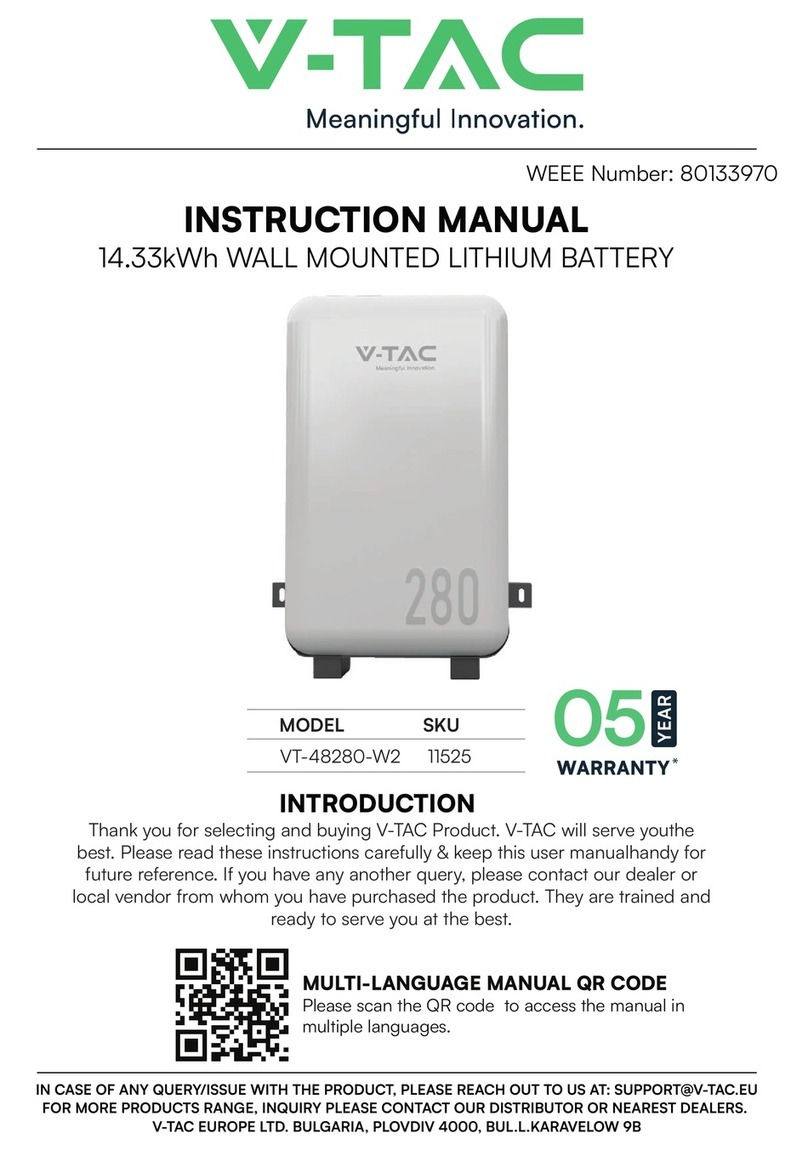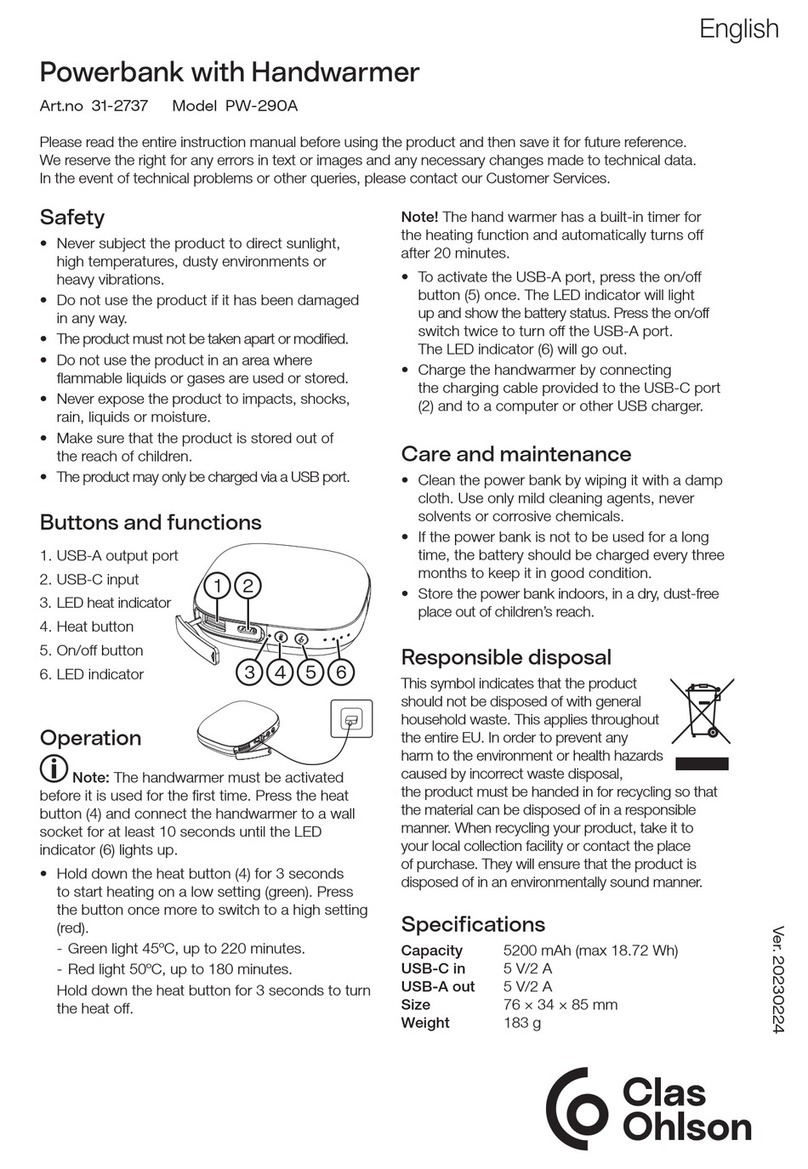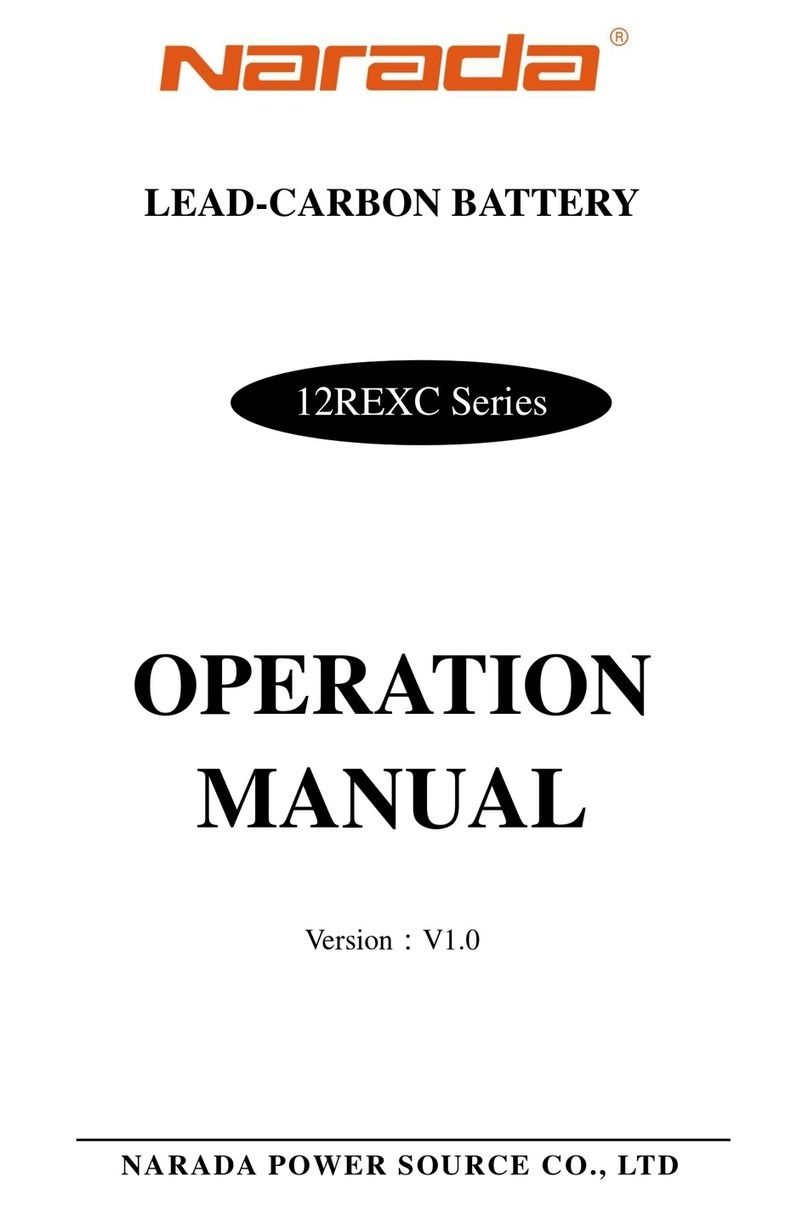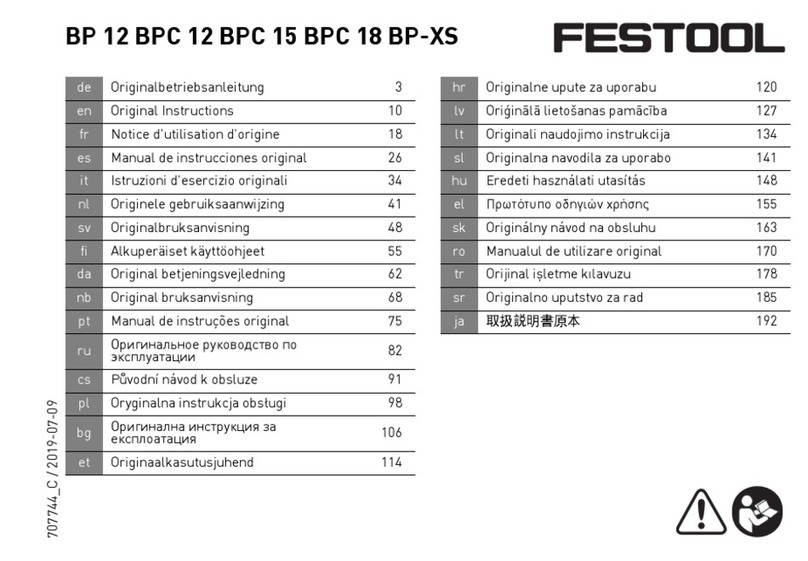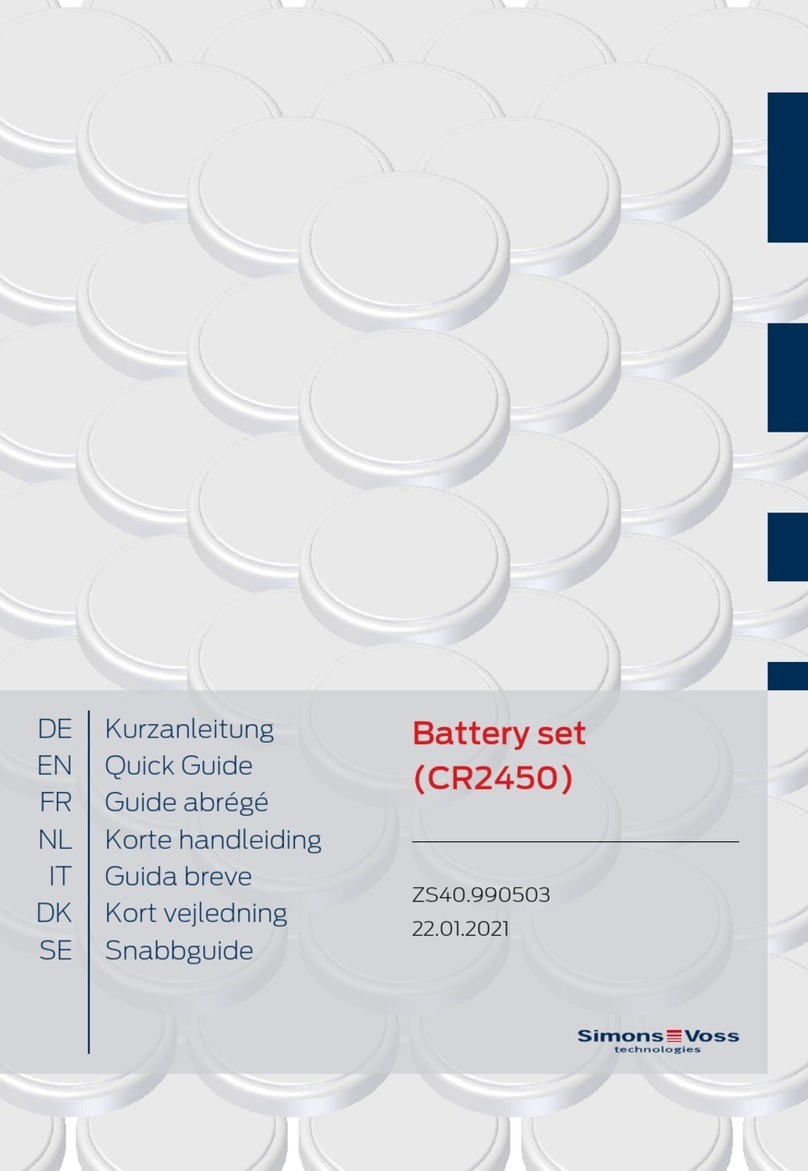
General Requirements
Do not work with power on during installation.
● Do not install, use, or operate outdoor equipment and cables (including but
not limited to moving equipment, operating equipment and cables, inserting
connectors to or removing connectors from signal ports connected to outdoor
facilities, working at heights, and performing outdoor installation) in harsh
weather conditions such as lightning, rain, snow, and level 6 or stronger wind.
● After installing the equipment, remove idle packing materials such as cartons,
foam, plastics, and cable ties from the equipment area.
● In the case of a re, immediately leave the building or the equipment area,
and turn on the re alarm bell or make an emergency call. Do not enter the
building on re in any case.
● Do not scrawl, damage, or block any warning label on the equipment.
● Tighten screws using tools when installing the equipment.
● Understand the components and functioning of a grid-tied PV power system
and relevant local standards.
● Repaint any paint scratches caused during equipment transportation or
installation in a timely manner. Equipment with scratches cannot be exposed
to an outdoor environment for a long period of time.
● Do not open the host panel of the equipment.
● Without prior consent from the manufacturer, do not alter the internal
structure or installation procedure of the equipment.
● Ensure that battery terminal components are not aected during
transportation. Do not hoist or move batteries by using battery terminal bolts.
● You shall not reverse engineer, decompile, disassemble, adapt, add code to
the device software or alter the device software in any other way, research the
internal implementation of the device, obtain the device software source
code, infringe on Huawei's intellectual property, or disclose any device
software performance test results.
Personal Safety
● Wear proper personal protective equipment (PPE) during operation. If there is
a probability of personal injury or equipment damage, immediately stop the
operations, report the case to the supervisor, and take feasible protective
measures.
● Use tools correctly to avoid hurting people or damaging the equipment.
● Do not touch the energized equipment, as the enclosure is hot.
● To ensure personal safety and normal use of the equipment, the equipment
must be reliably grounded before use.
● When a battery is faulty, the temperature may exceed the burn threshold of
the touchable surface. Therefore, avoid touching the battery.
● Do not disassemble or damage the battery. The released electrolyte is harmful
to your skin and eyes. Avoid contact with the electrolyte.
LUNA2000-(5-30)-S0
User Manual 1 Safety Precautions
Issue 07 (2022-01-10) Copyright © Huawei Technologies Co., Ltd. 2


